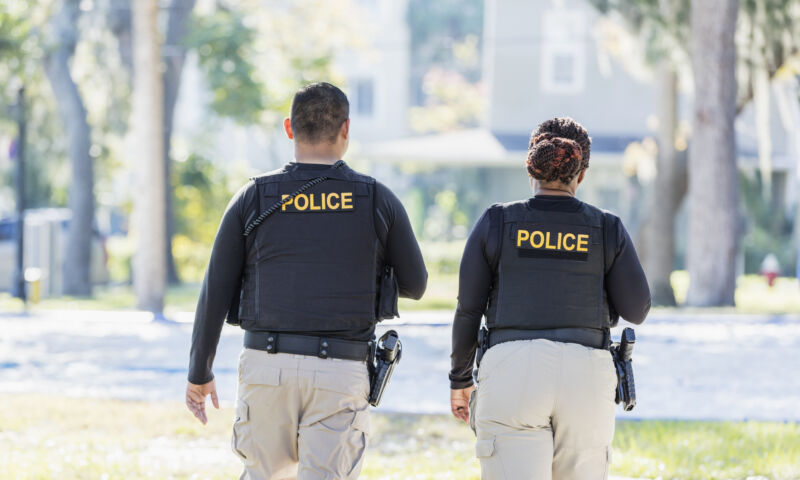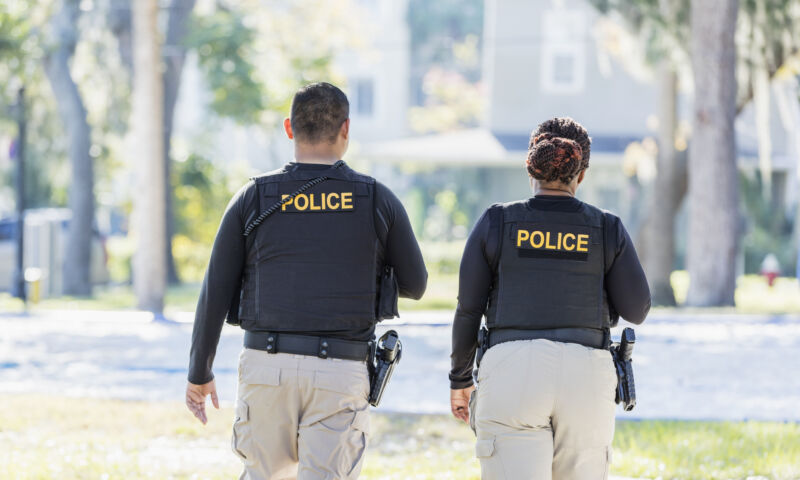
Enlarge (credit: Getty Images)
Over the last few decades, there’s been a heavy emphasis on techniques that fall under the concept of “proactive policing.” These generally involve identifying the areas of a city that have the highest crime rates and applying more aggressive policing in those locations. While there have been some successes, the approach has often bred resentment, as methods like stop-and-frisk policing generated antagonism between the police and the communities they were meant to help.
In a 2018 report on proactive policing, the US’s National Academies of Science examined approaches meant to keep intensive policing from creating friction with communities. The report found that one promising technique, called “procedural justice,” lacked evidence of efficacy—we couldn’t tell whether it consistently reduced crime and/or improved community relations.
So, some of the people behind the National Academies report decided to change that, running their own controlled study on procedural justice in three US cities. The results aren’t decisive, but they suggest the technique might reduce crime and community friction.





